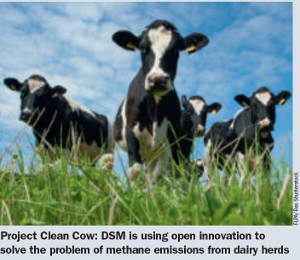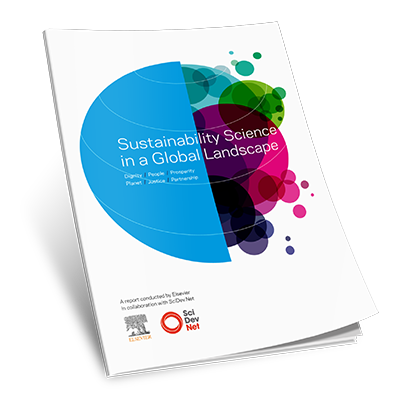International Review of Research in Developmental Disabilities, Volume 48, 2015, Pages 1-9
International Review of Research in Developmental Disabilities, Volume 48, 2015, Pages 43-72
Partner content
United Nations University, October 2015.
It is well known that there is a need to develop technologies to achieve thermal comfort in buildings lowering the cooling and heating demand. Research has shown that thermal energy storage (TES) is a way to do so, but also other purposes can be pursued when using TES in buildings, such as peak shaving or increase of energy efficiency in HVAC systems. This paper reviews TES in buildings using sensible, latent heat and thermochemical energy storage.
Aquatic Ecotoxicology: Advancing Tools for Dealing with Emerging Risks, Volume , July 13, 2015


